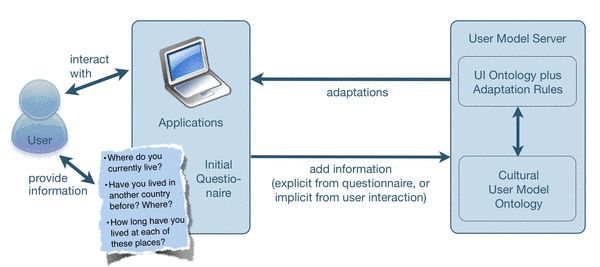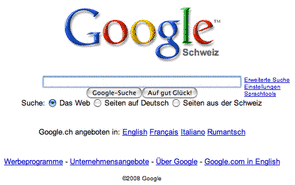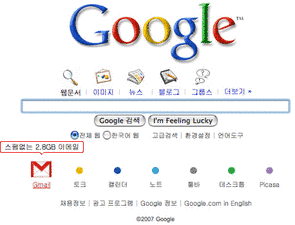Cultural Adaptivity for User Interfaces

Have you ever wondered how Africans deal with the flood of information on the Internet?
How Asians find the reputable look & feel of European online shops?
Or whether Americans really expect serious results on a colourfully blinking Asian search engine site?
The truth is, computer users prefer user interfaces that have been adapted to their cultural background in regards to the kind of navigational support, the level of hierarchy in information presentation, or the information density of the user interface. And as many researchers have proven, such localised user interfaces also increase work effciency, trust, and user satisfaction.
An Example
Today, the majority of software and web pages is still being provided by a few market dominating countries such as the USA, forcing users worldwide to adapt to embedded cultural values in user interfaces. In todayís competitive market, however, companies are experiencing the importance of software and web site localisation.
Google is a prominent example for the high interest in adapting user interfaces to different target nations depending on their cultural background. The companyís classic minimalism (see the screenshot of Googleís Swiss web site on the left) has demonstrated to be highly successful in the western world, increasing their market share to over 60% in these countries.
In South Korea, however, Google seems to be struggling to increase its market share of 1,7% in 2007. In contrast, the home grown competition www.naver.com, has kept their virtually non-reachable market lead of 77%. Most Swiss users would be rather alarmed by the Naver page with all its blinking graphics and bright colours. Naver.comís market share in South Korea, however, speaks for itself. Only recently, has Google dropped its western-oriented minimalistic design for South Korea adapting their web page to the Korean culture (see the screenshot on the right).
Despite immense advantages of culturally adapted user interfaces, the (manual) localisation process reveals two major problems:
- The development cycle is extremely time-consuming, making it unreasonably expensive.
- The elusive nature of cultural background prohibits to assign one interface to a whole nation.
Our Solution: Culturally Adaptive User Interfaces
In order to overcome these problems this project proposes to approach the issue by developing culturally adaptive software: User interfaces, that recognise the userís cultural background and automatically adapt to (cultural) user preferences.
The figure below describes the framework for this idea: The application acquires the answers to a few questions in an initial questionnaire, passes this information to a cultural user model, and triggers adaptations according to specified adaptation rules. For further refinement of the initial adaptation, the approach provides for the recording of mouse movements and other interaction inputs in order to update the information stored in the cultural user model and the adaptation rules.

We have developed a Cultural User Model Ontology called CUMO, which comprises information on cultural influences, such as the user's current and former residencies, religion, education level, or languages.
CUMO is the basis for our three products:
- MOCCA, a culturally adaptive to-do list application
- MOCCA's preference editor, which allows users to modify the information stored in their user model and influence the look&feel of MOCCA's user interface, and
- CAMPA, a mobile phone interface that adapts itself to the user's cultural background
Publications
Please have a look at our publications on this topic here.





